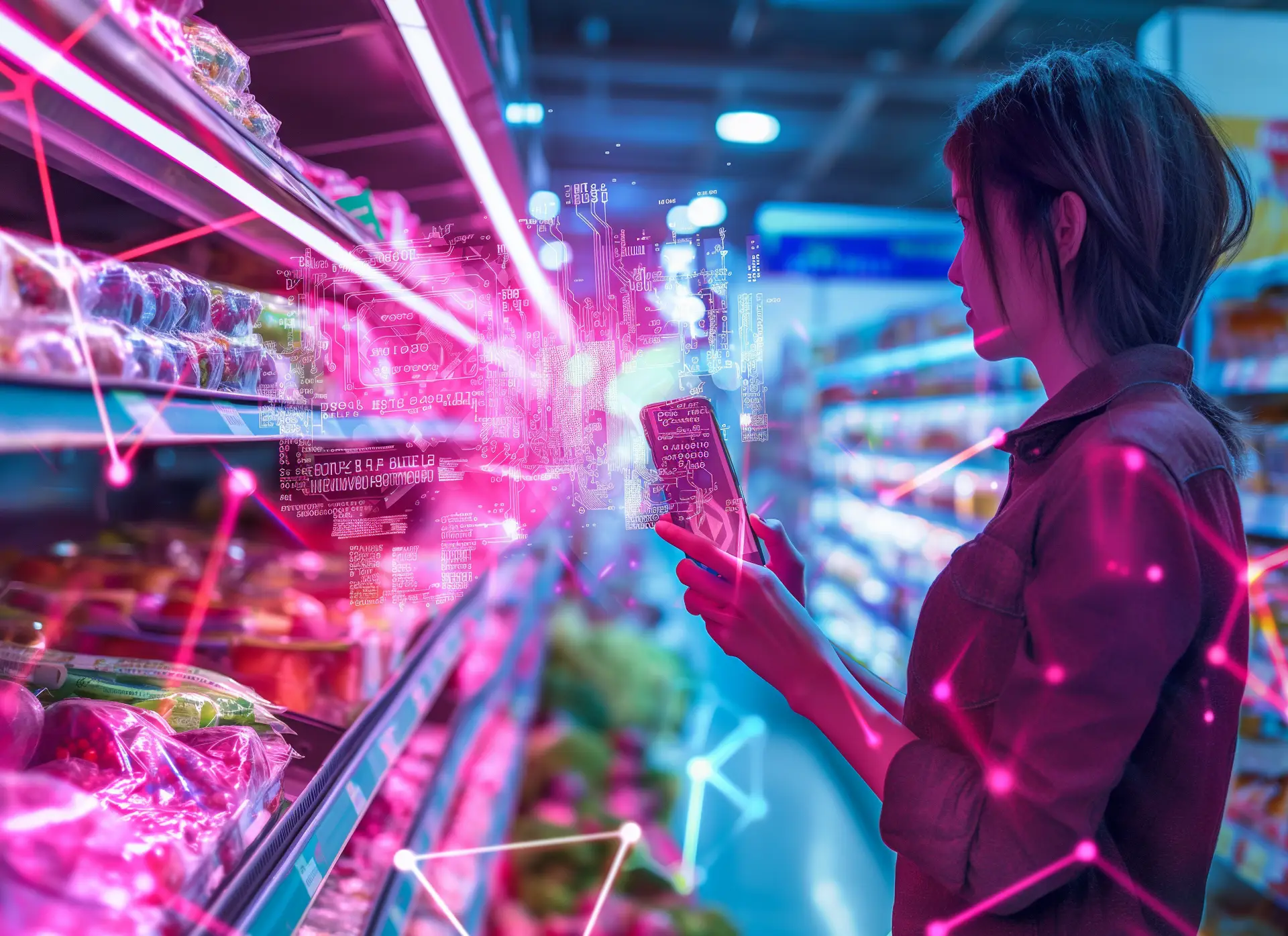In an era where digital innovation intersects with global commerce, the fight against counterfeit goods has taken on new dimensions. Blockchain technology has emerged as a formidable weapon in this ongoing battle, promising to revolutionize product authentication and supply chain transparency. This article explores the current state of blockchain’s application in combating counterfeits, examining its potential, progress, and future challenges across various sectors, from luxury goods to food safety.
The Counterfeit Challenge
Counterfeit goods continue to cast a long shadow in the intricate web of global trade, threatening businesses, consumers, and economies alike. The Organization for Economic Co-operation and Development’s (OECD) latest report paints a sobering picture: counterfeit and pirated goods accounted for 2.5% of world trade in 2019, a staggering $464 billion. This persistent challenge has spurred innovation in anti-counterfeiting measures, with blockchain technology emerging as a beacon of hope.
Blockchain’s Promise in Authentication
Blockchain’s potential in combating counterfeit goods has moved from theoretical discussions to practical applications. Its unique attributes—decentralization, immutability, transparency, and security—offer a compelling framework for tracking products from manufacture to sale, creating an unassailable record of provenance.
The luxury goods sector has been quick to recognize blockchain’s potential. The Aura Blockchain Consortium, founded by industry titans LVMH, Prada Group, and Cartier in 2021, has made remarkable strides. By 2024, the consortium has created digital product passports for over 40 million items, a testament to the technology’s scalability and efficacy. The recent addition of Tod’s to the consortium, implementing Digital Product Passports for its Custom Di Bag, signals growing industry confidence. Integrating these digital passports with NFC chips for physical authentication bridges the digital-physical divide, offering consumers a tangible way to verify product authenticity.
Beyond luxury goods, blockchain’s reach extends to other sectors. IBM’s Food Trust continues to leverage the technology to enhance food traceability and combat fraud, creating transparent and verifiable supply chains in an industry where authenticity can be a matter of public health. Meanwhile, solutions like iTRACE 2DMI® are pushing the boundaries of what’s possible by incorporating artificial intelligence to improve counterfeit detection, showcasing the synergistic potential of blockchain with other cutting-edge technologies.
The Convergence of Technologies
The convergence of blockchain with AI and the Internet of Things (IoT) is particularly promising. AI’s ability to analyze vast amounts of blockchain data to identify patterns and anomalies enhances fraud detection capabilities, while IoT devices can automate data collection and recording, ensuring real-time monitoring and verification throughout the supply chain. This technological triad offers a powerful weapon in the fight against counterfeits.
Regulatory bodies are also taking note. The European Union’s proposal to require Digital Product Passports in fashion and other industries as early as 2026 could drive widespread adoption of blockchain-based authentication. Similarly, the European Union Intellectual Property Office’s EBSI-ELSA solution leverages a combination of NFT platforms, blockchain technologies, and track-and-trace solutions to combat counterfeiting.
Challenges on the Horizon
However, the road to widespread blockchain adoption in anti-counterfeiting has its hurdles. High implementation costs pose a significant barrier, especially for smaller businesses. The complexity of integrating blockchain with existing systems, concerns about data privacy, and the lack of industry-wide standards are additional challenges that must be addressed. Moreover, while blockchain ensures data immutability, it doesn’t guarantee the accuracy of initially entered information, highlighting the need for robust data entry protocols.
Consumer adoption also remains a key challenge. Despite the potential for consumers to easily verify product authenticity, blockchain-based verification systems still need to be widely implemented or standardized. Bridging this gap will be crucial for the technology to reach its full potential in combating counterfeits.
The Path Forward
Despite these challenges, the trajectory of blockchain in anti-counterfeiting efforts is undeniably positive. As luxury brands lead the charge and other industries follow suit, we’re witnessing the early stages of a technological revolution in product authentication. The growing integration of blockchain with AI and IoT and evolving regulatory frameworks suggests a future where digital product passports could become the norm, allowing for seamless verification of a product’s authenticity and history.
Realizing blockchain’s full potential in creating a more trustworthy and transparent global marketplace will require continued collaboration between businesses, technologists, and policymakers. The coming years will likely see further advancements and refinements in blockchain-based anti-counterfeiting solutions, potentially revolutionizing how we verify and trust the authenticity of goods in our increasingly digital world.
Conclusion
While blockchain technology offers significant potential in the fight against counterfeit goods, it’s not a panacea. Its evolution and maturation will likely bring more innovative applications and wider adoption across various industries. As we battle the scourge of counterfeit goods, blockchain is a powerful ally, promising a future where product authenticity can be verified with unprecedented ease and certainty.
The journey ahead may be complex, but the potential rewards—a more secure, transparent, and trustworthy global marketplace—make it a challenge worth pursuing.
As blockchain technology continues to evolve and integrate with other cutting-edge innovations, it has the power to reshape our approach to product verification and consumer trust, potentially marking a new era in the war against counterfeits.
















